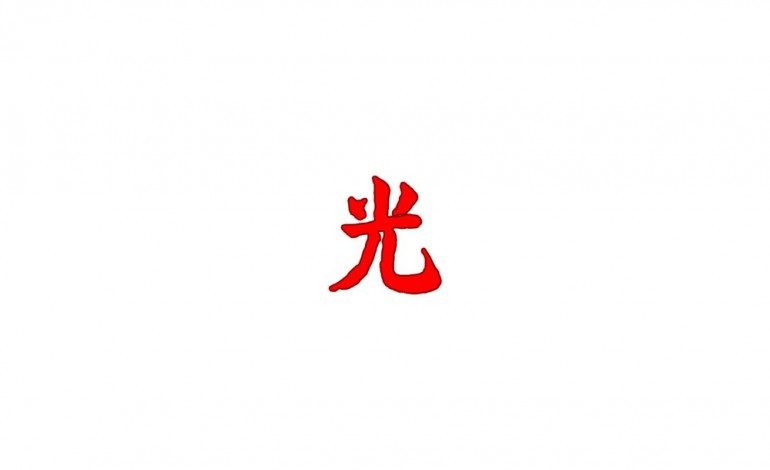

Trap Star-donicism
At the end of 2007’s The Cool, Lupe Fiasco declared that he would release only one more album before retiring from the music industry all together, capping his career at three albums (“Now we just got one more to go / L-U-P-End,” he raps at the end of “Fighters”).
Ten years and four records later, this has proven untrue — and, for the large part, to Lupe’s detriment. The critical consensus is held universally that Lupe’s career has trended toward artistic decline, and, as he churned out thematically beige records through the late 2000’s and early 2010’s, this assertion seemed to hold true.
Unfortunately, DROGAS Light continues this legacy.
DROGAS Light finds Lupe Fiasco donning the skin of the modish “trap star,” emulating the production and lyrical flow of such Atlanta-based artists as Future, 21 Savage, Migos and Gucci Mane. However, the great juxtaposition of the album lies therein: Lupe has long maintained his aversion to crime and gangland mentality, and thus attempts to use the fittings of trap music to espouse his opposition to the very mentality that dominates the genre.
There is no doubt that DROGAS Light is more aurally unified than his last few efforts. Though the record’s production credits are divided amongst thirteen different artists, the album is surprisingly unified in its pop-trap sonority. Many of the songs boast an impressive instrumental energy and vibrancy, with gems like “NGL” and “Kill” carrying a heft in production that is difficult to resist. This being said, however, Lupe Fiasco has seemed to acclimate toward a certain sheen and cleanliness in his music ever since he made waves with the boom-bap atavism of his debut record, Food and Liquor; and his newest release is no exception. In a record characterized by impersonation and gangster caricature — note the intentionally subdued “Promise” and tongue-in-cheek simplicity of “Made in the U.S.A.” — such radio-friendly undertones are an odd pairing with his attempt at trap pastiche, which notably runs contrary to the warmth of pop production. To top this off, Lupe ends the album with songs like “Wild Child” and “Pick Up the Phone,” both of which oddly feature vanilla Adam Lambert sound-alikes, seeming unabashedly closer to Carly Rae Jepsen in tone than to Lil Uzi Vert.
In lyrical form, Lupe Fiasco’s efforts are scattered. While the sardonicism that ultimately deflates cuts like “Promise,” “City of the Year” and “Kill” consistently falls flat, Lupe maintains his strength in storytelling and pure insight, and it is when he inhabits this worldview that he achieves his greatest successes. Songs like “NGL” and “Tranquillo” reflect the Lupe Fiasco of an era past, and remind the listener why hip-hop culture fell in love with the twenty-four-year-old who released Food and Liquor.
In response to a question regarding his latest album, Lupe Fiasco tweeted the following: “#DrogasLight is a “light” album in all respects. Musically, content, concepts, some of it is even freestyled. Easy breezy approach.” While he perhaps did not mean to imply this, his statement seems to be little more than a veiled excuse for the record, an implication that DROGAS Light is not a weighty album and thus should not be listened to as such. At the very least, few artists equivocate the merit of their work with its respective conceptual levity.
For a “light album,” DROGAS Light provides a handful of fantastic moments — the complex diction and storytelling of “Jump,” the insight and irresistible beat-making of “NGL,” and the stellar guest verse from Big K.R.I.T. in “Tranquillo” are just a few moments in which the record manages to self-legitimize.
Let’s just hope that Lupe’s next record won’t be so “light.”
